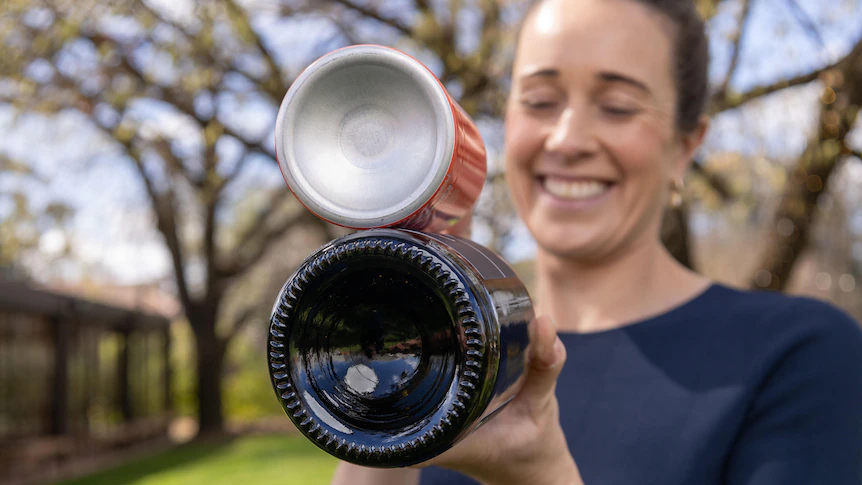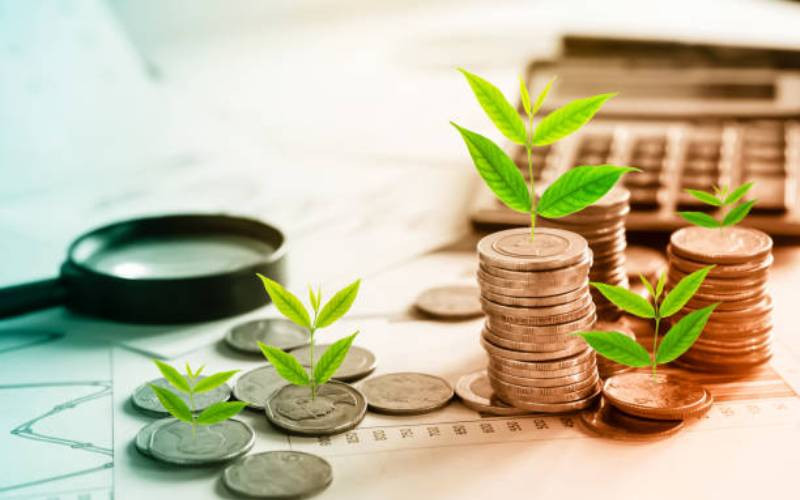By Annie Brown
Copyright abc

Victorian wine company Brown Brothers has released Australia’s first aluminium wine bottle in a move aimed at reducing carbon emissions from mass glass production and transport.
The aluminium bottle is 40 per cent lighter than its glass equivalent and can be exchanged for 10 cents at container deposit recycling centres.
But it may take a while to win drinkers over.
A limited-edition summer trial of the new design by Brown Brothers was met with raised eyebrows.
“We have had some pushback, particularly from traditional wine consumers who enjoy their wine out of a 750 millilitre glass bottle,” Brown Brothers head of innovation Emma Brown said.
She said it took some convincing to prove to customers that the smaller-looking design held the same volume of wine.
“I’ve had to pour it out and show people it really holds 750mL, because they didn’t believe it,” Ms Brown said.
Why change?
Ms Brown said the company introduced the new packaging to reduce its reliance on heavier glass bottles, which cost more to transport.
“It actually equates to being 400 kilograms lighter when you put it on a pallet,” Ms Brown said.
But the effort to improve the business’ environmental footprint has come at a financial cost, as the aluminium bottles are sourced from the US, where they are more commonly used.
“It’s absolutely not cheaper to use aluminium, unfortunately, given the scale and that it isn’t available in Australia,” Ms Brown said.
Ms Brown said the ideal scenario would be that more Australian winemakers got on board to prompt local manufacturing of aluminium bottles.
In regard to quality, Ms Brown said the company had found aluminium packaging had no impact on taste.
She suggested Prosecco should not be kept for long periods, but said this was also the case in glass bottles.
Net zero goal
The Australian Wine industry has set itself the goal of reaching net zero by 2050.
However, the use of heavy glass bottles is where the plan to lower emissions runs into a bottleneck.
Wine Australia program manager Julian Marchant said packaging and transport currently accounted for more than 70 per cent of the industry’s carbon emissions.
“Packaging accounts for 44 per cent of all wine supply-chain emissions … 29 per cent is attributed to transport and that is included within Australia and to overseas markets,” Mr Marchant said.
“Glass requires a huge amount of energy to produce; the furnaces can run at 1,400 degrees Celsius.
“Glass is a great product, but we love to see a shift to lower emissions products.”
More than $1 million of industry and government research grants have been poured into solving the packaging problem.
Ideas explored include polymer bottles, steel bottles, paper bottles and marketing campaigns promoting cask wine.
However, consumers’ acceptance of change in the wine industry has historically been slow.
The Stelvin screw-cap was developed by French company Le Bouchage Mécanique in the 1960s, but it was not until the 2000s that it really took off in Australia.
Now, the vast majority of Australian wine is bottled with a screw-cap, and cork screws are buried at the bottom of the utensil drawer.
“We were one of the first companies to try the Stelvin cap and we didn’t get the consumer adoption that we were looking for, so we actually ceased production and waited for the market to catch up,” Ms Brown said.
“I think that there’s an element of patience — the consumer doesn’t always jump on at day one.
“I think what’s really exciting is that we’re always willing to push the status quo, and I’m really proud that we’re able to do it within this business.”



